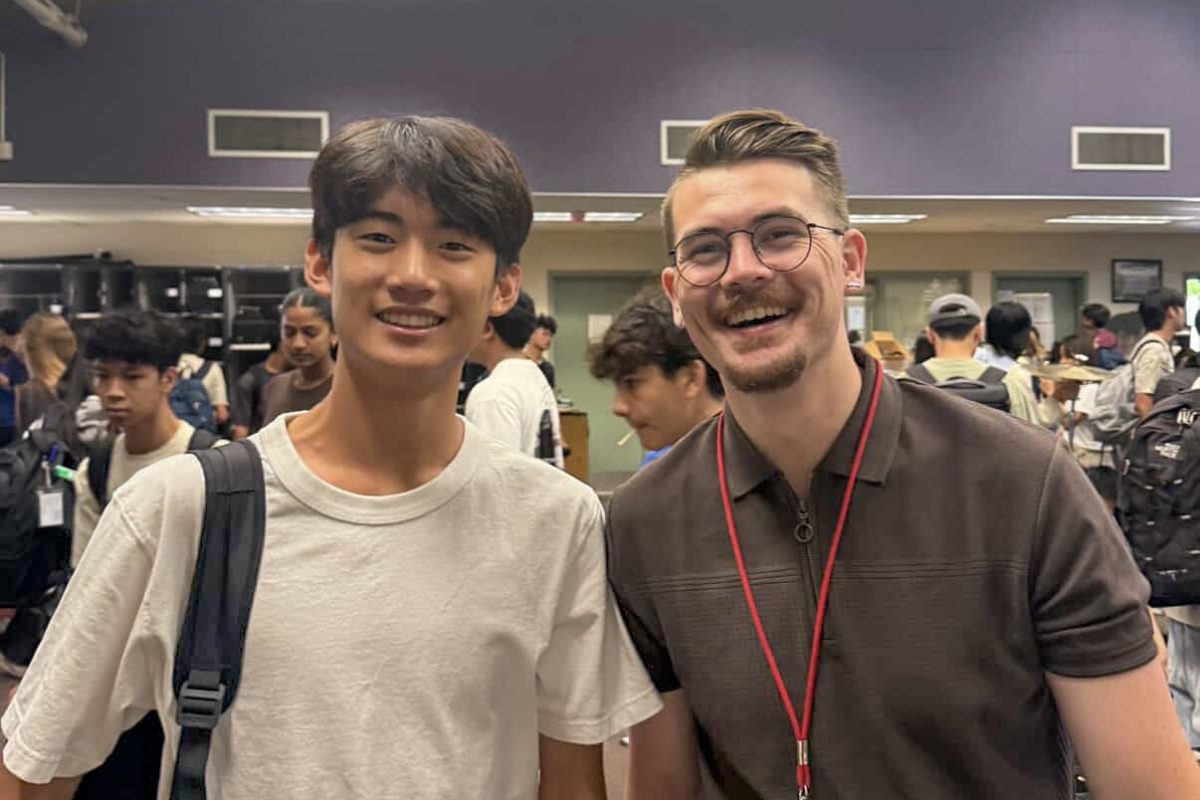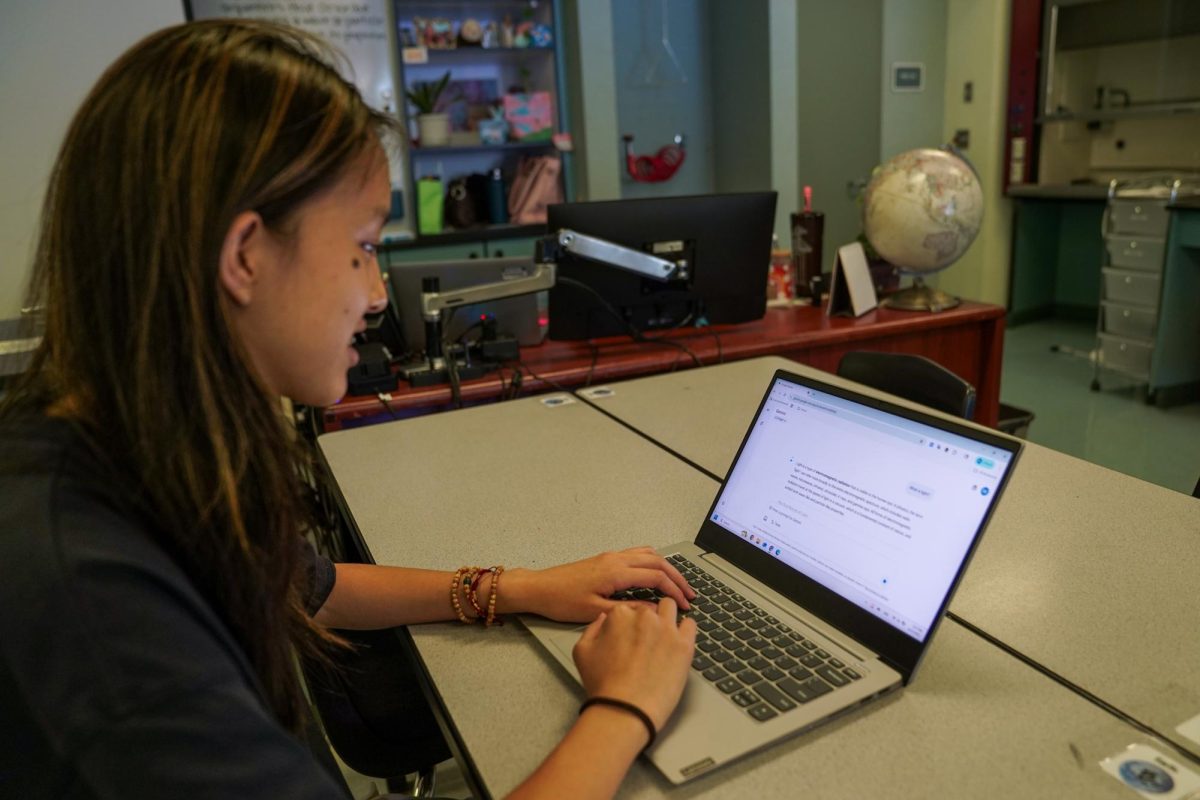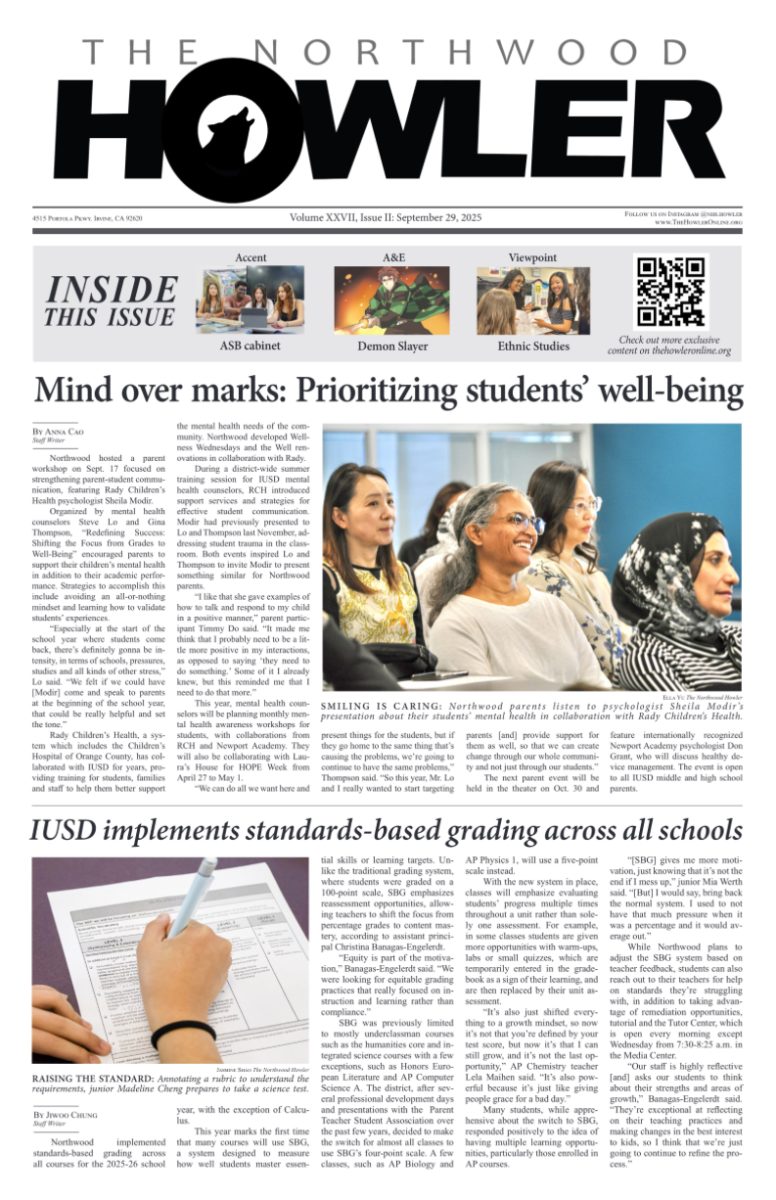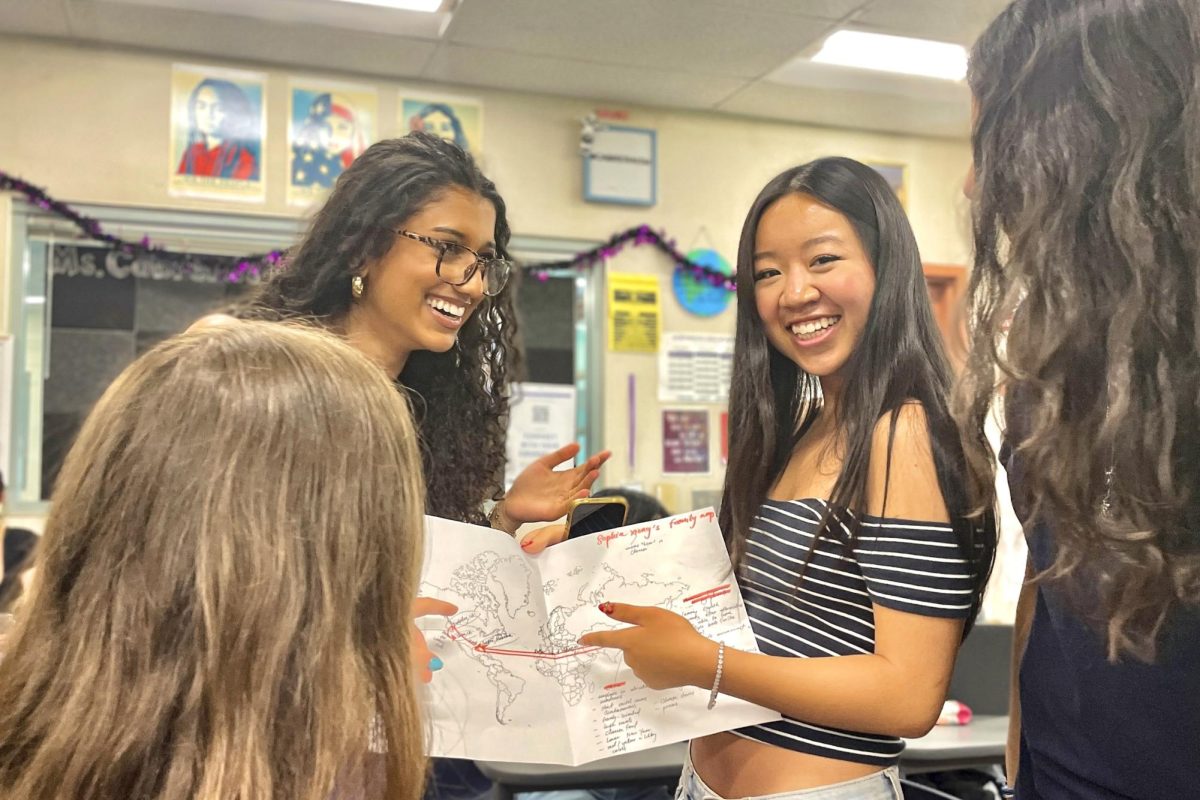Many go through high school stuck in a bubble—same stories, names and cultures—rarely bothering to catch a glimpse of the world beyond. That bubble is exactly what Ethnic Studies is designed to pop.
Beginning with the graduating class of 2030, California will require all high school students to complete at least one semester of Ethnic Studies.
Though some may perceive the course as simply another graduation requirement, Ethnic Studies offers a critical humanitarian lens on minority narratives that are often told through a colonial lens.
Developed by IUSD teachers in a course design institute, the course focuses on marginalized and underrepresented communities, specifically on four racial categories in the American context: African American; Chicana/o/x and Latina/o/x; Asian American and Pacific Islanders; and Native Americans.
The class is an opportunity for Northwood students to enhance their critical thinking skills towards social justice issues with a sense of cultural empathy.
“It encourages my students to take a look at multiple perspectives,” Ethnic Studies teacher Joey Cabrera said. “Just because something doesn’t really happen in their life doesn’t mean that it doesn’t happen in other people’s lives.”
Most importantly, Ethnic Studies shifts the traditional classroom dynamic. Instead of students sitting passively while a teacher is lecturing, the course creates space for students to freely engage and communicate with multiple different perspectives.
It challenges students to question and listen with empathy when discussing contemporary issues related to themes like power and identity.
“2025 is a time of great political turmoil and a lot of it stems from differing sociopolitical ideologies like race and social beliefs,” senior Jack Lawrence said, who is currently enrolled in Ethnic Studies. “Broader perspectives allow you to be more inclusive and connect with others.”
For students who may feel overwhelmed by additional requirements, mandatory enrollment could reduce genuine interest and thus foster dismissive perceptions of Ethnic Studies.
To avoid this, the IUSD Ethnic Studies Committee’s current implementation plan directs teachers to evaluate the course’s impact on students through observation as part of this year’s efforts.
Besides effective engagement, the goal is ensuring students develop a decent understanding of different cultures and histories.
Needless to say, teachers don’t have complete control over their students’ attitudes nor how they approach the course. It ultimately is students’ responsibility to engage in critical thought.
By empowering students to approach disagreement with discussion, Ethnic Studies aims to ensure that the Class of 2030 strides across the graduation stage with a broadened lens for critique and compassion.





















































